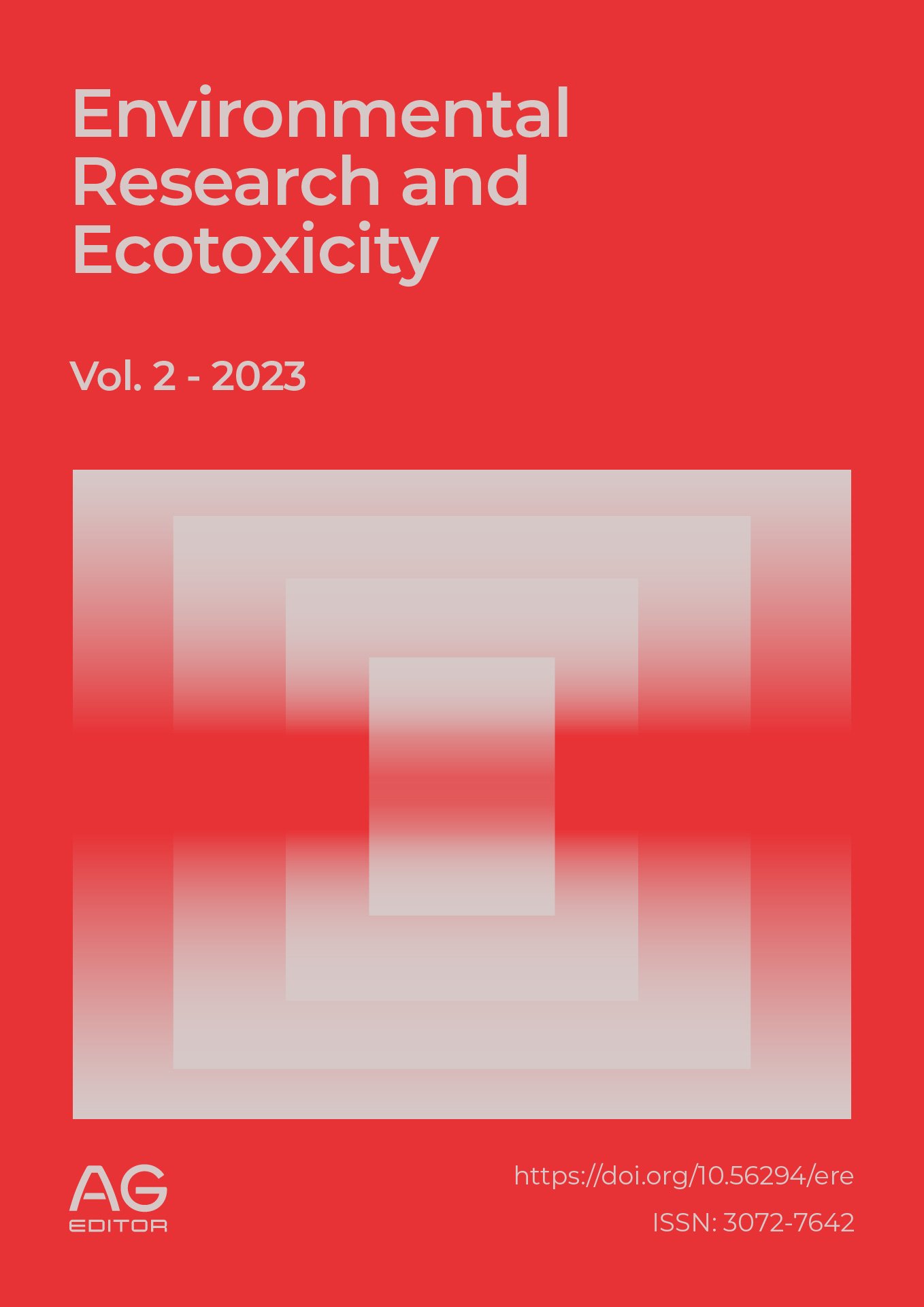Pollution of Lake San Roque: a silenced threat
DOI:
https://doi.org/10.56294/ere202391Keywords:
cyanobacteria, pollution, sustainability, health, tourismAbstract
Sustainable development was introduced in the 1987 Brundtland Report, which established the importance of meeting current needs without compromising future ones. Within this framework, the concept of sustainable tourism emerged, promoted by the UNWTO, which emphasised the need to consider the environmental, social and economic impact of this activity. However, in practice, many tourist destinations such as Lake San Roque in Córdoba faced a very different reality. Various studies revealed that this body of water suffered severe pollution due to the discharge of untreated wastewater from hotels and restaurants. Persistent enteric viruses and toxin-producing cyanobacteria were detected, posing a serious risk to public health. Scientific research confirmed that up to 62% of the lake was covered by these algae in 2021, a direct consequence of the discharge of approximately 9,000 tonnes of sewage per year. Despite existing environmental laws, such as General Environment Law No. 25,675 and the Organic Law of the Water and Sanitation Directorate of Córdoba, the authorities did not ensure compliance. In addition, greenwashing by some tourism sectors contributed to disguising the magnitude of the problem. The case of Lake San Roque highlighted the disconnect between sustainability rhetoric and actual tourism management, causing profound environmental damage that demanded urgent and effective measures.
References
1. Howard Johnson Villa Carlos Paz Gestión Sustentable. Disponible en: https://hjvillacarlospaz.com.ar/portal/es-es/210/GestionSustentable
2. Manual de Prácticas Ambientales Para Establecimientos Hoteleros y Gastronómicos. Disponible en: https://aehga.com
3. Presencia de Microcistinas y otros Metabolitos Secundarios de Cianobacterias en el Lago San Roque-Córdoba, Argentina. Doctora Valeria Amé. Disponible en: https://efncentro.biblio.unc.edu.ar//cgi-bin/koha/opac-detail.pl?biblionumber=5479
4. Facultad de Ciencias Médicas UNC. Instituto de Virología “Dr. J.M Vanella”. Disponible en: https://unciencia.unc.edu.ar/salud/identifican-un-conjunto-de-virus-en-aguas-del-lago-san-roque/
5. Córdoba: Detectan la Presencia Crónica de Toxinas Graves en los Diques. Disponible en: https://argentinambiental.com/notas/ecopress/cordoba-detectan-la-presencia-cronica-toxinas-graves-los-diques/
6. La Voz. Carlos Paz: Denuncia Penal del Municipio Contra la Cooperativa de Cloacas por Contaminación del Lago San Roque. Disponible en: https://www.lavoz.com.ar/ciudadanos/regionales/carlos-paz-denuncia-penal-del-municipio-contra-la-cooperativa-de-cloacas-por-contaminacion-del-lago-san-roque/
7. Municipalidad de Villa Carlos Paz Denuncia a la Coopi. Disponible en: https://villacarlospaz.gov.ar/detallenoticia.php?id=9834
8. Denuncian a Restaurantes y Hoteles por Arrojar Residuos al San Roque. Disponible en: https://www.perfil.com/noticias/cordoba/denuncian-a-restaurantes-y-hoteles-por-arrojar-residuos-al-san-roque.phtml
9. Contaminación del San Roque: Están en Riesgo la Industria del Turismo y la Salud de la Ciudad de Córdoba. Disponible en: https://www.marcainformativacba.com/lago-san-roque/contaminacion-del-san-roqueestan-riesgo-la-industria-del-turismo-y-la-salud-la-ciudad-cordoba-n33102
10. Ley General de Ambiente 25675. Disponible en: https://www.argentina.gob.ar/normativa/nacional/ley-25675-79980/texto
11. Ley Orgánica de Agua y Saneamiento de Córdoba. Disponible en: https://www.argentina.gob.ar/normativa/provincial/ley-8548-123456789-0abc-defg-845-8000ovorpyel/actualizacion
12. Lavado de Cara Verde… ¿Qué es el Greenwhashing?. Disponible en: http://archivo-es.greenpeace.org/espana/es/Blog/lavado-de-cara-verdequ-es-el-greenwashing/blog/29122/
13. La historia del embalse más grande del Mundo. Disponible en: http://www.diquesdecordoba.com.ar/san-roque-la-historia-del-embalse-mas-grande-del-mundo/#:~:text=Fr%C3%ADas-.
Published
Issue
Section
License
Copyright (c) 2023 Jonathan Iván Michaux, Guadalupe Zamar Despontin (Author)

This work is licensed under a Creative Commons Attribution 4.0 International License.
The article is distributed under the Creative Commons Attribution 4.0 License. Unless otherwise stated, associated published material is distributed under the same licence.







